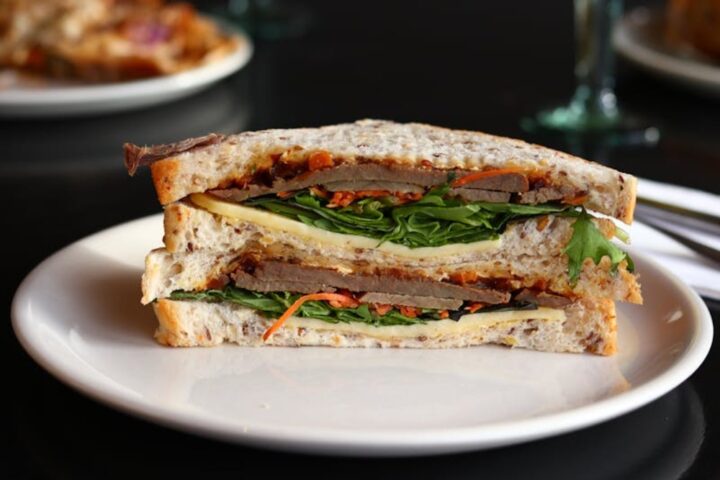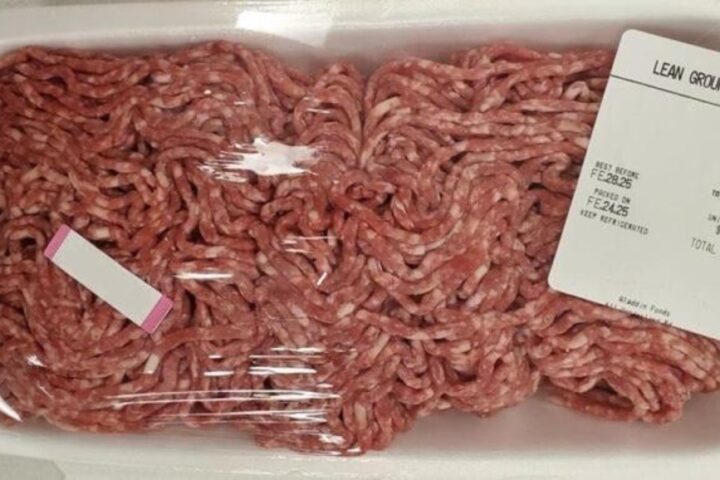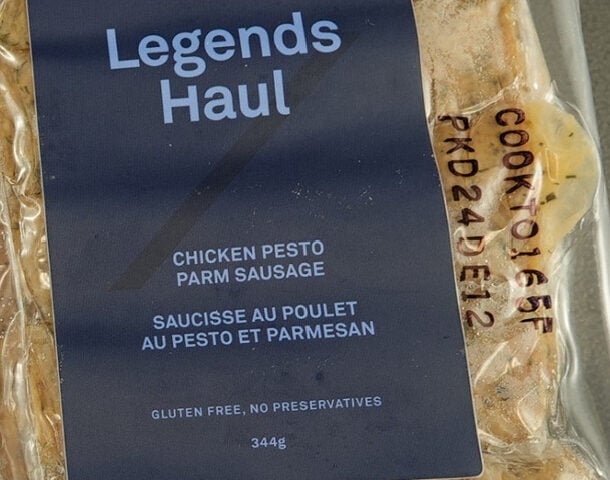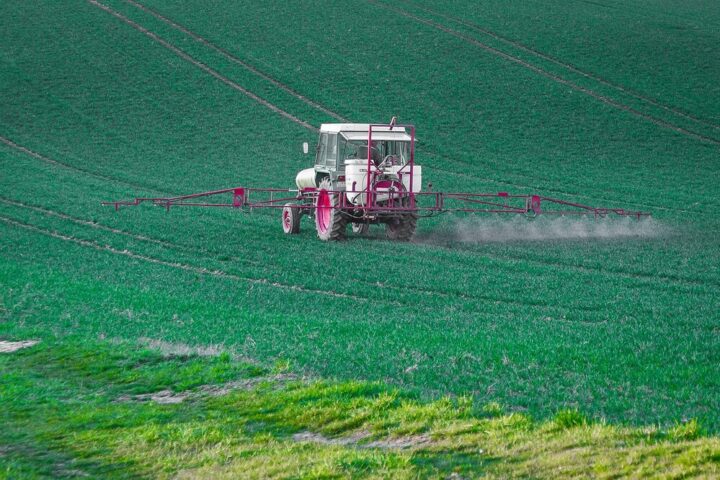While President Trump’s administration focuses on fentanyl interdiction, US border agents are increasingly occupied with a different contraband: eggs. Customs data reveals that egg product seizures now dramatically outnumber fentanyl interceptions by 24-to-1, showcasing how supply chain disruptions can rapidly reshape border enforcement priorities.
Shell Shock: Border Seizure Statistics Crack Open Reality
US Customs and Border Protection (CBP) intercepted egg products on 3,254 occasions in January-February 2025—a 116% surge from the 1,508 instances during the same period in 2024. Meanwhile, fentanyl seizures fell to 134 instances, down from 197 year-over-year.
Regional variations tell an even more dramatic story. CBP’s San Diego field office reported a staggering 158% increase in egg interceptions since fiscal year 2024. Along the Texas border, seizures jumped by approximately 54% in some areas. The El Paso region alone saw a 319% increase in egg seizures during the first two months of 2025 compared to the same period in 2024.
By comparison, January 2025 saw just 13.6 grams of fentanyl seized at the Canada-US land border. Of 4,376 total fentanyl seizures between October 2021 and February 2025, only 241 occurred at Canada-US boundaries, with just 162 along the land border.
Avian Flu Cracks the Supply Chain
This border phenomenon directly stems from record production shortfalls caused by highly pathogenic avian influenza (HPAI). The most severe outbreak on record has necessitated the culling of approximately 166 million laying hens since 2022, creating acute supply constraints.
January 2025 alone saw 18.8 million commercial egg layers affected—the highest monthly total since the outbreak began. Another report indicates over 22 million egg-laying hens were impacted in the first two months of 2025.
The production disruption has severely constrained domestic inventory and wholesale distribution channels. In Iowa, America’s largest egg-producing state, individual facilities housing up to two million birds have been completely depopulated upon HPAI detection, removing entire production units from the supply chain in one stroke.
Similar Posts
“Eggflation” Scrambles Consumer Markets
The supply-demand imbalance has pushed retail egg prices to historic highs. American consumers now pay an average of US$5.90 for a dozen eggs—nearly double 2024 prices—with California stores charging up to US$10 per dozen. The USDA forecasts an additional 41.1% price increase throughout 2025, with some sources projecting a 20.3% rise.
This contrasts sharply with neighboring markets. Canadian eggs cost approximately C$4.89 (US$3.41) per dozen, while Mexican eggs sell for more than US$2 per dozen—creating arbitrage opportunities that drive cross-border smuggling attempts.
The price differentials have prompted widespread consumer adaptation. Retailers including Costco and Trader Joe’s have implemented purchase limits to prevent hoarding. Restaurants face similar challenges, with Waffle House adding a 50-cent surcharge per egg served.
Different Production Models: Scrambled vs. Over Easy
Canada’s egg market has proven more resilient due to its supply management framework, which calibrates production closely to domestic consumption requirements.As Bruce Muirhead, policy chair with Egg Farmers of Canada, explains: “The kind of agriculture they have in the US, which emphasizes bigness above all else, isn’t really sustainable in this world of climate change, of – it seems – increasingly virulent viruses being spread around the world.”
This structured approach provides price stability but generates minimal export capacity. By contrast, the US model prioritizes large-scale production efficiency but shows greater vulnerability to systemic disruptions.
Regulatory Enforcement and Biosecurity Protocols
Most egg seizures occur when travelers declare agricultural products, often unaware of import prohibitions designed to prevent further HPAI transmission. Even seemingly innocuous items like used egg cartons can spread avian diseases, including HPAI and Virulent Newcastle Disease.
CBP enforcement follows a tiered approach. Declared items face confiscation without penalties, while undeclared products trigger a $300 civil penalty, with repeat offenders facing fines in thousands of dollars. All seized eggs undergo thermal destruction in specialized incinerators to prevent pathogen transmission.
These strict biosecurity measures reflect the broader challenge of managing transboundary disease spread. Climate change may be exacerbating these risks by altering wild bird migration patterns, potentially facilitating wider disease transmission.
Political Context and Trade Implications
The egg seizure data emerges amid heightened trade tensions. President Trump has implemented 25% tariffs on Canadian and Mexican goods, plus additional duties on Chinese imports, citing border security and drug interdiction as primary justifications.
Trump specifically referenced fentanyl flows: “I told [Justin Trudeau] that many people have died from Fentanyl that came through the Borders of Canada and Mexico, and nothing has convinced me that it has stopped.”
Former Canadian Prime Minister Justin Trudeau, who stepped down on March 14, countered that “less than one per cent of the fentanyl intercepted at the US border comes from Canada,” noting that seizures at the Canada-US border had fallen 97% between December 2024 and January 2025.
Supply Chain Interventions and Market Outlook
The Trump administration has implemented a comprehensive five-point strategy to stabilize egg markets, including producer relief measures, enhanced biosecurity protocols, and international sourcing initiatives.
Turkey has committed to export 420 million eggs to the US in 2025—a dramatic increase from the 1.2 million imported in 2024. South Korea has also agreed to supply eggs, though regulatory complexities complicate these arrangements.
US Agriculture Secretary Brooke Rollins emphasized the urgency: “The Agriculture Department will invest up to $1 billion to curb this crisis and make eggs affordable again. “
Market analysts project potential price normalization within approximately six months, contingent on avoiding additional major outbreaks and allowing sufficient time for producers to rebuild layer flocks and restore domestic production capacity.
Consumer Impact and Purchasing Behavior
The price pressure has fundamentally altered consumer purchasing patterns. Many shoppers have reduced consumption, switched to egg substitutes, or turned to cross-border shopping where geography permits.
This consumer adaptation illustrates how quickly essential food commodity disruptions can reshape household budgeting and consumption patterns. With eggs serving as both a dietary staple and a key ingredient in numerous food products, the price increases have ripple effects across multiple food categories.

The USDA’s investment of approximately $1 billion in biosecurity measures aims to strengthen the sector’s resilience, but near-term supply constraints will likely persist through much of 2025 as production capacity gradually recovers.
The egg seizure phenomenon represents a market-driven parallel economy emerging in response to acute supply shortages. While the administration focuses on high-profile drug interdiction, everyday economics has generated a different border challenge—where breakfast staples have become contraband, and dietary basics now drive smuggling activity more frequently than a heavily-publicized drug threat.


















